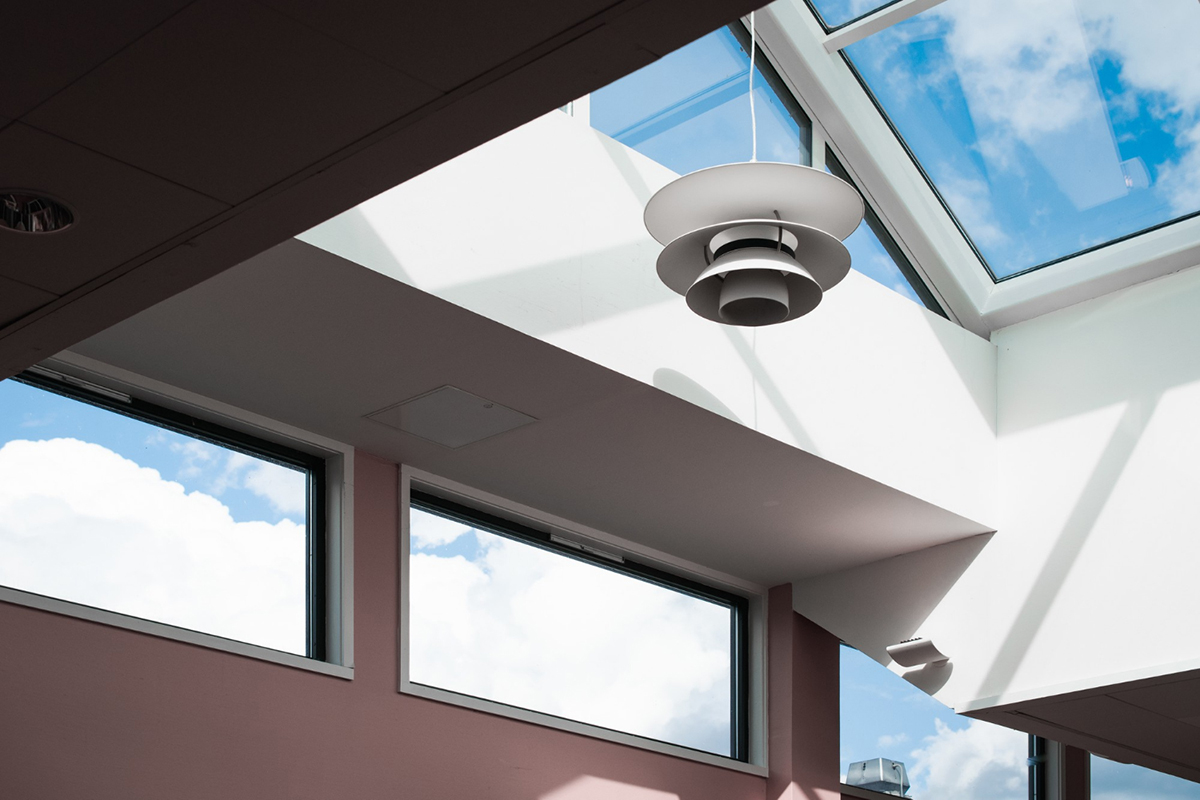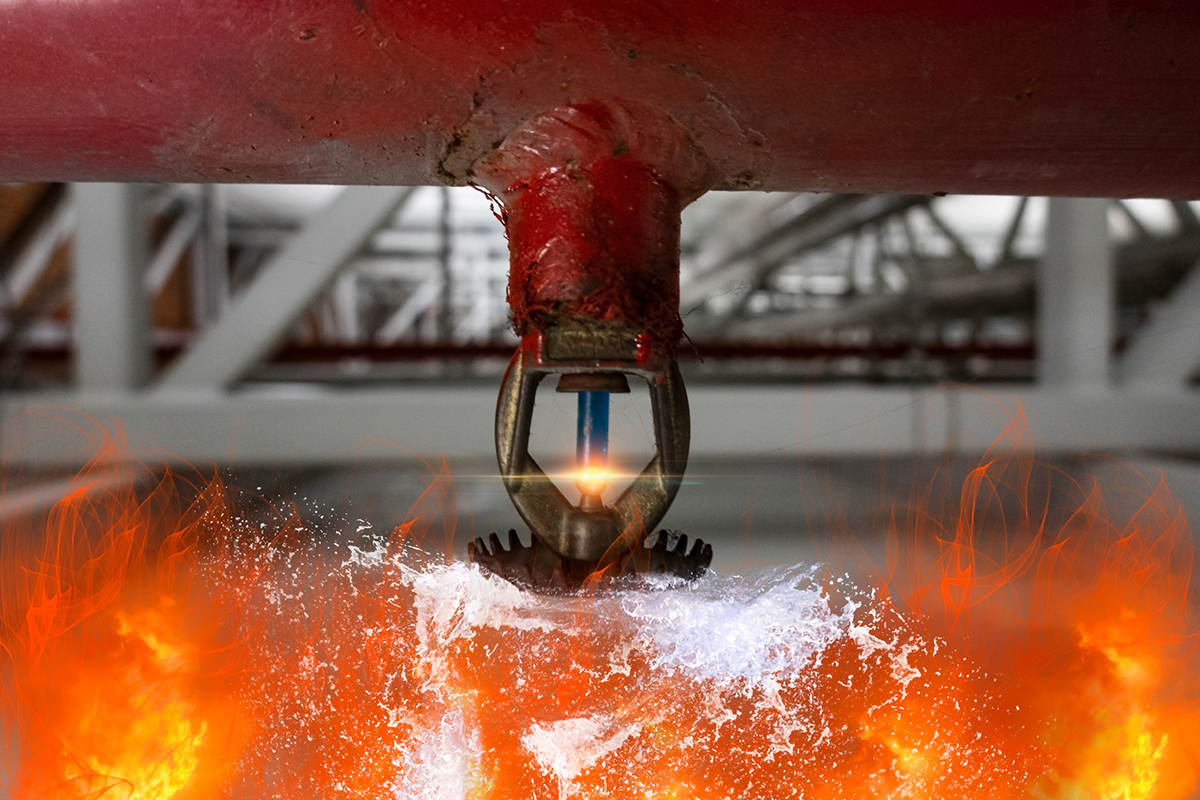Imagine this: It’s the middle of the night, and a small spark from a faulty outlet ignites in your living room. By the time you wake up to the smoke alarm, the flames might already be out of control. According to the National Fire Protection Association (NFPA), over 350,000 residential fires ravage homes across the U.S. every year, leaving behind thousands of injuries, tragic losses, and billions of dollars in damages. Now ask yourself: If a simple, automatic system could stop this nightmare before it spirals, why wouldn’t you have it in your home?
Residential fire sprinklers aren’t just an add-on—they’re a lifeline, working tirelessly to protect you and your loved ones 24/7. In this in-depth guide, we’ll walk you through everything you need to know about these systems: why they’re becoming a must-have, their life-saving benefits, the different types available, installation costs, maintenance tips, and even some surprising history. Plus, we’ll debunk common myths and share real-world examples to help you decide if they’re right for your home. Ready to dive in? Let’s get started!
Why Your Home Can’t Wait Another Day Without Fire Sprinklers in 2025
Fire hazards are escalating at an alarming rate, and the stakes have never been higher. From climate-driven wildfires to everyday electrical mishaps, here’s why sprinklers are no longer optional:
- Wildfires on the Rise: States like California, Colorado, and Arizona are seeing wildfires spread faster due to prolonged droughts and scorching temperatures. In 2024, over 4 million acres burned nationwide, according to the National Interagency Fire Center—a stark reminder of nature’s unpredictability.
- Instant Action Saves Lives: Unlike smoke alarms that only alert you or firefighters who need time to arrive, sprinklers spring into action the second they sense heat. That split-second response can be the difference between a minor incident and a total loss.
- Tougher Building Codes: Across the U.S., regulations are tightening. Places like California now require sprinklers in all new residential builds under standards like NFPA 13D and the International Residential Code (IRC). Even if it’s not mandatory where you live yet, it’s a sign of where safety trends are headed.
But it’s not just about external threats—think about your own home. Aging wiring, overloaded power strips, and unattended candles are ticking time bombs. Can you afford to take that risk?
A Brief History: How Fire Sprinklers Became Household Heroes
Fire sprinklers have a fascinating backstory that stretches back over 150 years. The first automatic sprinkler system was patented in 1874 by Hiram Stevens Maxim, originally designed to protect factories from devastating blazes. Early versions were clunky and basic, but by the mid-20th century, engineers refined them for residential use. Today’s systems are sleek, efficient, and packed with cutting-edge tech—proof that what started as an industrial tool has become a household essential. Knowing this history might just make you appreciate the little sprinkler heads on your ceiling a bit more!
6 Game-Changing Benefits of Residential Fire Sprinklers

Installing sprinklers isn’t just about checking a safety box—it’s a decision that pays off in countless ways. Let’s break down the top reasons to consider them:
- Life-Saving Power: Time is critical in a fire. Sprinklers activate within seconds, controlling flames and giving you precious minutes to escape. NFPA stats show an 81% drop in fire-related deaths in sprinkler-equipped homes.
- Property Protection: A fire can gut your home in minutes, but sprinklers confine it to the starting point. Studies from the Home Fire Sprinkler Coalition (HFSC) reveal 70% less damage in homes with these systems.
- Insurance Savings: Many insurers, like State Farm or Allstate, offer 10-15% discounts on premiums for homes with certified sprinklers. Over a few years, that could cover the installation cost!
- Greener Firefighting: Fire hoses dump hundreds of gallons of water, often flooding homes. Sprinklers? They use just 8-24 gallons per minute, minimizing waste and water damage.
- Round-the-Clock Security: Whether you’re asleep, at work, or on vacation, sprinklers are always on guard, delivering peace of mind you can’t put a price on.
- Boosts Property Value: In a competitive housing market, safety features like sprinklers can set your home apart, appealing to buyers who prioritize security.
Real-Life Proof: How Sprinklers Saved the Day
Need convincing? Take the 2022 wildfire in Boulder, Colorado. A family’s home survived when their sprinkler system kicked in, dousing flames that crept in from nearby brush. While neighbors lost everything, their house stood strong, with only minor repairs needed. Stories like this aren’t rare—sprinklers consistently prove their worth when it matters most.
Sprinklers vs. Old-School Methods: A No-Brainer Comparison
You might wonder, “Can’t I just rely on a smoke detector or fire extinguisher?” Let’s stack them up:
- Smoke Detectors: They wake you up but leave the firefighting to you—or the pros, who might not arrive in time.
- Fire Extinguishers: Handy if you’re awake and nearby, but useless if you’re not home or the fire’s too big.
- Sprinklers: Fully automatic, lightning-fast, and effective even when you’re miles away.
The verdict? Sprinklers outshine the competition every time.
Types of Fire Sprinkler Systems: Find Your Perfect Match
Choosing the right sprinkler system depends on your home’s needs—climate, layout, and budget all play a role. Here’s a comprehensive look at your options:
Wet Pipe System
How It Works: Pipes are pre-filled with water, ready to spray when heat
triggers the heads.
Pros: Affordable, low-maintenance,
ultra-fast.
Cons: Risk of freezing in cold weather.
Best
For: Homes in temperate or warm climates.
Dry Pipe System
How It Works: Pipes hold air or nitrogen; water flows in only when
activated.
Pros: Ideal for freezing temps, no accidental
leaks.
Cons: Slightly slower response.
Best For:
Cold climates, garages, or unheated areas.
Pre-Action System
How It Works: Requires both smoke and heat detection to release water,
reducing false activations.
Pros: Perfect for sensitive
spaces.
Cons: Higher cost, more complex setup.
Best
For: High-value homes or rooms with electronics.
Deluge System
How It Works: All sprinklers unleash water simultaneously when
triggered.
Pros: Handles massive fires
fast.
Cons: Lots of water, potential for damage.
Best
For: High-risk zones or outdoor use.
Water Mist System
How It Works: Releases fine mist to cool flames and starve them of
oxygen.
Pros: Minimal water damage,
eco-friendly.
Cons: Expensive to install.
Best
For: Small spaces, data centers, or condos.
Foam-Water System
How It Works: Combines foam and water to smother flammable liquid
fires.
Pros: Tackles chemical blazes
effectively.
Cons: Specialized maintenance required.
Best
For: Garages, workshops, or storage sheds.
| System Type | Cost (Per Sq Ft) | Pros | Cons |
|---|---|---|---|
| Wet Pipe | $1.50 - $3.00 | Fast, Simple | Freezes in Cold |
| Dry Pipe | $2.00 - $4.00 | Freeze-Proof | Slower Response |
| Pre-Action | $5.00 - $10.00 | No False Alarms | Pricey |
Residential Fire Sprinklers – Safety Starts at Home!
Thinking about installing a fire sprinkler system in your home? Discover the benefits, costs, and maintenance tips. Click here to learn more and protect your family with the best fire safety solutions.
Installation Costs: What’s the Price Tag?
Costs hinge on a few variables:
- Square Footage: More space means more materials.
- System Choice: Wet pipe is budget-friendly; mist or foam systems are pricier.
- New vs. Retrofit: New builds are cheaper than retrofitting older homes.
- Permits: Local codes might add fees for inspections.
Estimated Costs:
- New Construction: $1.50 - $3.00 per square foot.
- Retrofits: $3.00 - $5.00 per square foot.
- High-End Systems: $10.00 - $20.00 per square foot.
For a 2,500-square-foot home, you’re looking at $3,750 to $12,500. To estimate your own, multiply your home’s square footage by the per-foot rate—simple!
Maintenance 101: Keeping Your Sprinklers in Top Shape
A well-maintained system is a reliable one. Here’s your checklist:
- Monthly Visual Scan: Ensure no furniture or decor blocks the heads.
- Annual Pro Check: A licensed tech should test water flow and valves.
- Compliance: Follow NFPA 13D and local codes to stay legal and safe.
- Cleaning: Dust off sprinkler heads to keep them responsive.
Neglect these, and your system might fail when you need it most.
FAQs: Your Burning Questions Answered
Are Sprinklers Mandatory?
Whether you’re required to install sprinklers depends entirely on where you live. Some states, like California and Maryland, have made them mandatory for all new residential construction under codes like NFPA 13D, reflecting a growing push for safety. Others, like Texas or Florida, leave it up to homeowners or local jurisdictions, so it’s worth checking your city’s building codes. Even if it’s not required, many experts recommend them as a proactive step—think of it as an investment in your family’s future rather than just a legal checkbox.
Do They Flood the House?
Not at all! There’s a common misconception that sprinklers drench everything like in the movies, but that’s far from reality. In most systems, only the sprinkler head closest to the fire activates, releasing a targeted 8-24 gallons per minute—way less than the hundreds of gallons a fire hose unleashes. This precision keeps water damage minimal, often limited to a small area, while still putting out the fire effectively. Compare that to waiting for firefighters, and it’s clear sprinklers are the cleaner option.
Can Older Homes Get Them?
Yes, absolutely, though it’s a bit more involved than installing them in a new build. Retrofitting an existing home requires running pipes through walls or ceilings, which might mean cutting into drywall or working around older plumbing. Costs typically range from $3 to $5 per square foot—higher than new construction—but it’s doable with the right pros. If your home’s historic or has unique architecture, a contractor can customize the setup to preserve its charm while adding modern safety.
How Often Do They Need Checking?
Maintenance is straightforward but essential. You should do a quick visual check every month—make sure nothing’s blocking the sprinkler heads, like furniture or decorations, and look for signs of rust or damage. Beyond that, hire a certified technician for a full inspection once a year to test water pressure, valves, and flow rates. It’s a small effort for the huge payoff of knowing your system’s ready to go. Skipping these checks could leave you vulnerable, so set a reminder and stay on top of it!
Debunking Sprinkler Myths Once and For All
- “They All Go Off Together”: False—only the head closest to the heat triggers.
- “They’re Unreliable”: With a failure rate of less than 1 in 16 million, they’re rock-solid.
- “They Ruin Your Home’s Look”: Today’s designs are subtle and stylish—barely noticeable!
Final Verdict: Are Sprinklers Worth the Investment?
Fire sprinklers aren’t just about saving your stuff—they’re about saving lives. They cut insurance costs, slash repair bills, and give you unbeatable peace of mind. Every day without them is a gamble you don’t need to take. Ready to fireproof your home? Reach out to Nationwide Fire Protection for a free quote today!

